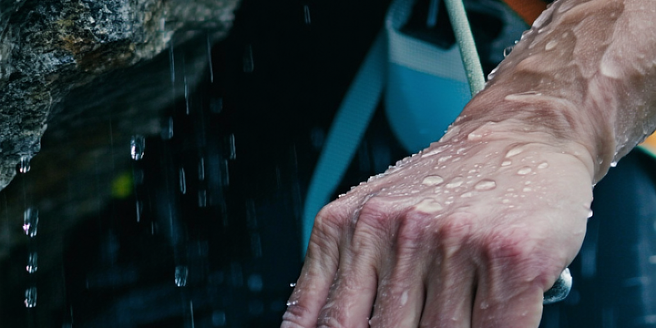
Understanding the Challenges of Climbing in the Rain
Rainy weather presents unique challenges for rock climbers. Wet surfaces can significantly reduce friction, making it difficult to maintain a secure grip on rocks. This increases the risk of slipping, which can lead to accidents. Furthermore, climbing equipment like ropes and harnesses can become waterlogged, adding extra weight and reducing functionality. In addition to physical challenges, climbing in the rain requires climbers to be mentally prepared for unpredictable conditions, which can change rapidly. Planning is essential; checking weather forecasts and having contingency plans can help climbers deal with sudden downpours. Thus, understanding these challenges is crucial for climbers who wish to continue their pursuits during the rainy season, while ensuring their safety and improving their wet-weather climbing skills.
Essential Gear for Wet Weather Climbing
When venturing out into wet conditions, having the right gear is critical to ensure safety and performance. Waterproof clothing is a must; it keeps climbers dry and reduces the risk of hypothermia. In addition, waterproof climbing shoes provide better traction on slippery surfaces. These shoes often feature specialized rubber soles designed to grip wet rock. A tarp or rain cover can prove invaluable for keeping gear dry between climbs. Furthermore, quick-drying ropes are preferable since they do not absorb water as readily, maintaining their strength and durability. Helmet with minimal absorbent padding is advised, as this will prevent unnecessary weight and discomfort. By carefully selecting and using proper gear, climbers can better manage the demands of wet weather climbing and enjoy their outdoor adventures regardless of the rain.
Safety Tips for Rainy Day Rock Climbers
Climbing in rainy conditions requires heightened attention to safety. First and foremost, climbers should always inspect their equipment for wear and tear before heading out. Ensure that ropes and harnesses are in good condition and that all hardware is functioning correctly. Always climb with a partner, as a second set of eyes can improve safety assessments and decision-making. Avoid climbing on new or untested routes in wet weather since existing routes will have known risks more easily managed in difficult conditions. Be cautious of slippery surfaces which can be treacherous, and adjust techniques accordingly. Recognize signs of fatigue or stress, as these can be exacerbated by challenging weather. By adhering to these safety tips, climbers can reduce their risks while still enjoying their passion during rainy days.
Adapting Techniques for Slippery Surfaces
When climbing on wet, slippery surfaces, adjustments in technique are necessary to ensure safety and success. One key adaptation is to place a higher emphasis on balance and foot placement. Keeping the center of gravity low and moving deliberately can prevent unintended slips. Furthermore, climbers should look to use larger handholds and footholds where possible, as these offer more stability than smaller, more precise grips. Additionally, maintaining three points of contact at all times can enhance climber stability if a slip occurs. Chalk, often used for hand friction, may become ineffective when wet; thus, climbers may need to rely more on other friction-enhancing strategies, such as specific gripping techniques. Adapting these tactics can make the difference between a safe, enjoyable climb and a hazardous adventure.
Finding Indoor Alternatives and Training Options
Rainy seasons offer a perfect opportunity to explore indoor climbing as an alternative. Indoor climbing gyms provide controlled environments where climbers can practice skills year-round without the constraints of weather. They offer diverse routes that cater to different skill levels, making it easy to maintain fitness and improve techniques regardless of the weather outside. Furthermore, these facilities often provide training equipment aimed at strengthening key muscle groups used in climbing, such as finger-strengthening tools or campus boards. Additionally, indoor climbing allows climbers to meet and learn from a community of enthusiasts, exchanging tips and experiences that can enhance outdoor climbing skills. Thus, indoor climbing and targeted training regimens serve as excellent complements to outdoor rock climbing, ensuring continuous improvement and preparation for any weather conditions.
